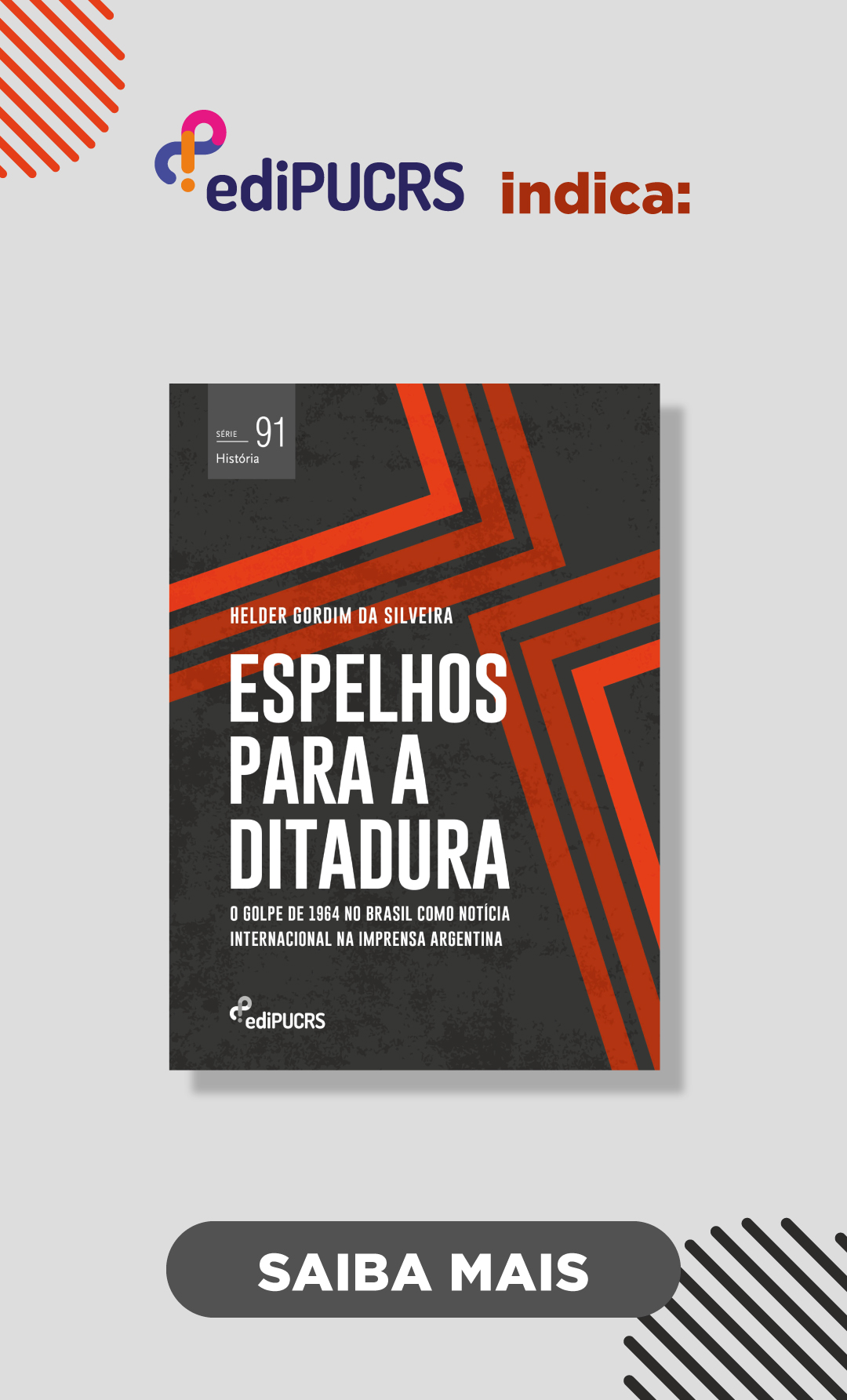Between arms and brushes
The painting “Batalha do Avaí” and it´s history context
DOI:
https://doi.org/10.15448/2178-3748.2020.2.37787Keywords:
War Paraguay, Batalha do Avaí, Empire, Historical PaintingAbstract
This article intends on anylizing the beginning, development and the repercussions of the Paraguay War or Triple Alliance (1864-1870). It also intends on analyzing the different historiographic interpretations produced about the conflict and nevertheless, a correlating one of these perspectives with the production of the painting “Batalha do Avaí” (1877), by the eighth hundred’s artist Pedro Américo. In conclusion, we will establish a correlation between this artwork and the time of it’s production, in other words, the second half of the XIX century. Since this period of time was strongly influenced by the known “historical pantinig” and by
the state foundings that were looking for Paintings that were showcasing retrating deeds, heroes and the greatness of a nation. At last, we will analyze some passages that are represented in the historical painting.
Downloads
References
BASILE, Marcelo Otávio de Neri. O Império brasileiro: panorama político. In: LINHARES, Maria Yedda (org.). História geral do Brasil. Rio de Janeiro. Campus, 1990.
BAXANDALL, Michael. Padrões de intenção: a explicação histórica dos quadros. São Paulo: Companhia das letras, 2006.
BOX, Pelham Horton. Las origenes de la guerra de la Paraguay contra la Tríplice Aliança. Buenos Aires: Niza, 1958.
COLI, Jorge. Pedro Américo, Victor Meirelles, entre o passado e o presente. Revista de Historia del Arte y Cultura Visual del Centro Argentino de Investigadores de Arte (CAIA), [S. l.], n. 3, 2013.
CUNHA, Angelina Maria Lopes da. O cartaz como arma de propaganda: a literacia visual histórica de alunos de 9º ano de escolaridade. Tese (Doutorado) – Universidade do Minho, Lisboa, 2009.
CHIAVENATO, Julio José. Genocídio americano: a Guerra do Paraguai. Editora Brasiliense, 1982.
CUNHA, Alvaro Saluan da. A Rendição de Uruguaiana, de Pedro Américo, e as litografias na Guerra do Paraguai. [S. l.]: Centro Acadêmico de História da UFJF, 2016.
DORATIOTO, Francisco Fernando Monteoliva. Maldita guerra: a nova história da Guerra do Paraguai. São Paulo: Companhia das Letras, 2002.
FERREIRA, Gabriela Nunes. O rio da Prata e a consolidação do Estado imperial. São Paulo: Hucitec, 2006.
MAGNOLI, Demétrio. O corpo da pátria: imaginação geográfica e política externa no Brasil (1808-1912). São Paulo: Editora da Universidade Estadual Paulista/Moderna, 1997.
MOLINA, Ana Heloisa. Ensino de História e Imagens: possibilidades de pesquisa. Domínios da imagem, [S. l.], v. 1, n. 1, p. 15-29, 2014. https://doi.org/10.5433/2237-9126.2007v1n1p16.
POMER, Leon. A Guerra do Paraguai: a grande tragédia rioplatense. São Paulo: Global, 1980.
POMER, Leon. Paraguai: nossa guerra contra esse soldado. São Paulo: Global, 2001.
SALLES, Ricardo. A Guerra do Paraguai: escravidão e cidadania na formação do Exército. Rio de Janeiro: Paz e Terra, 1990.
SALLES, Ricardo. Guerra do Paraguai: memórias & imagens. Rio de Janeiro: Biblioteca Nacional, 2003.
SCHWARCZ, Lilia Moritz. A Batalha do Avaí: a beleza da barbárie: a Guerra do Paraguai pintada por Pedro Américo. São Paulo: Sextante Artes, 2013.
SOUSA, Jorge Prata de. Escravidão ou morte: os escravos brasileiros na Guerra do Paraguai. 2. ed. Rio de Janeiro: Mauad/ Adesa, 1996.
Downloads
Published
How to Cite
Issue
Section
License
Copyright (c) 2020 Oficina do Historiador

This work is licensed under a Creative Commons Attribution 4.0 International License.
Copyright
The submission of originals to Oficina do Historiador implies the transfer by the authors of the right for publication. Authors retain copyright and grant the journal right of first publication. If the authors wish to include the same data into another publication, they must cite Oficina do Historiador as the site of original publication.
Creative Commons License
Except where otherwise specified, material published in this journal is licensed under a Creative Commons Attribution 4.0 International license, which allows unrestricted use, distribution and reproduction in any medium, provided the original publication is correctly cited.





